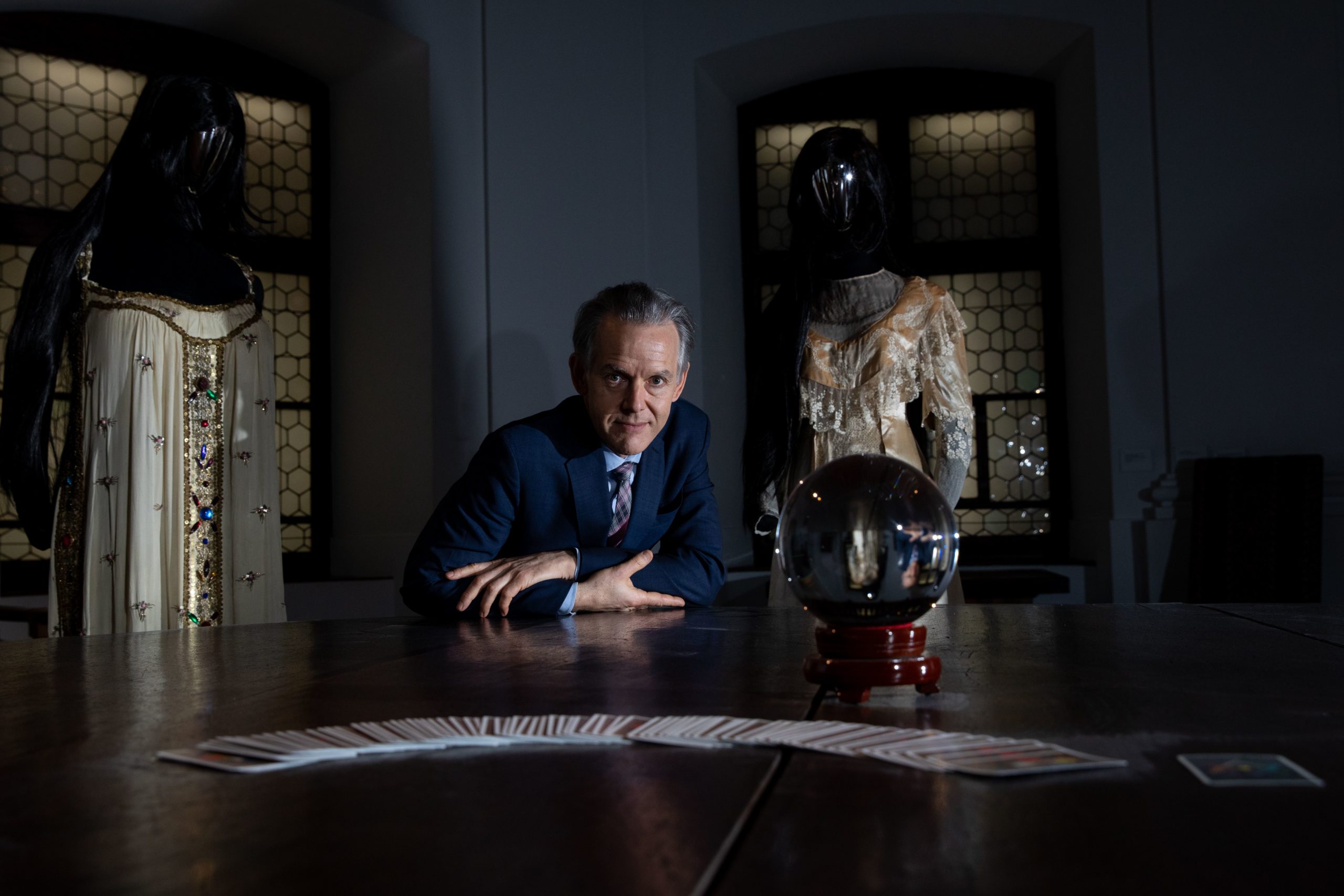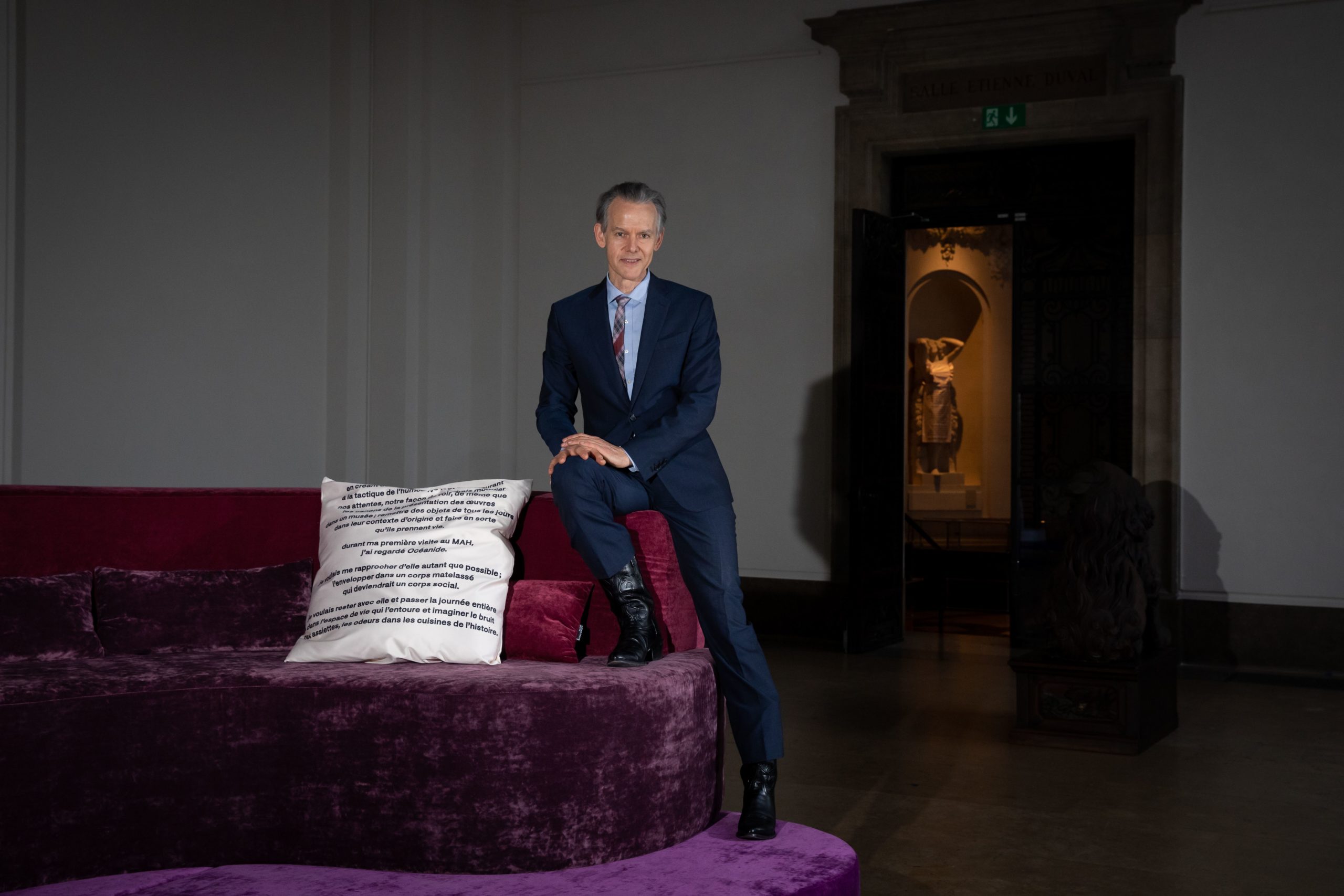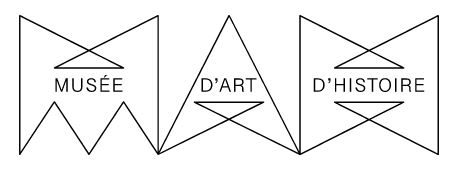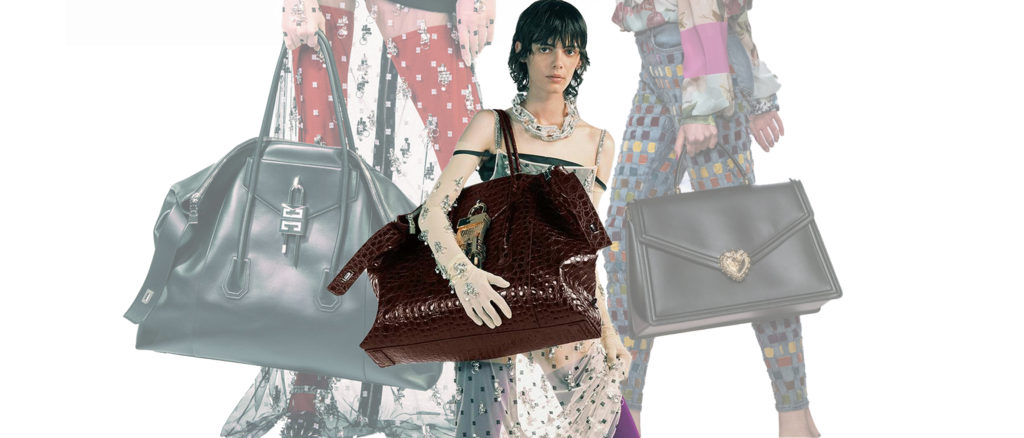Marc-Olivier Wahler was born in 1964 in Neuchâtel, Switzerland. He completed his studies with a master’s degree in philosophy and one in art history. He acquired many colors to his professional palette as a teacher, art critic, curator or director of art centers. He has contributed to the artistic influence and development of important art places: The MAMCO in Geneva where he participated in the establishment of the collections, co-founded the CAN (Art Center of Neuchâtel ), then took over the direction of the SI (Swiss Institute – Contemporary Art, independent contemporary art center) in New York, then became Director of the Palais de Tokyo in Paris before the MSU Broad Museum Michigan. With no less than 400 exhibitions to his credit, this hyper-active man of the arts will give us his recipe for revitalizing the MAH.
His best experiences
“My choices have always been guided by challenges and particularly by those that require building everything or re-launching the machine like CAN. I am very proud to have participated in this adventure, to have been able to change the cultural landscape and the vision of contemporary art in Neuchâtel. Another challenge was the transformation of the Palais de Tokyo. “We were able to create a multifunctional art space, multiply the number of exhibition spaces and set up crazy presentations. I was able to double the exhibition spaces, create many structures, such as installing a hotel on the roof, which was an extraordinary adventure. Today it is no longer possible: an institution will no longer take this type of risk, whether artistic or financial.
His worst memory in art
“I almost changed jobs after seeing an exhibition in Vienna at Mike Kelley’s Mumok in 2003. That show was so perfect! It was what I had always dreamed of doing, but I didn’t have the mental structure to do it. He had set the bar so high that I was hit over the head! I wanted to quit. It is often the experiences that upset us that make us move forward.

How art came into my life
My first experience with art began when I was 16. I took a night train to Paris, walked around the city all day and arrived by chance in front of the Beaubourg Center. I took the escalator and found myself in the exhibitions. I came face to face with a Jackson Pollock painting and experienced my first artistic epiphany.
How to create interactions between the public and the museum, to stimulate young people to go there?
“You have to accept the fact that a museum can be intimidating and that not everyone wants to come and encounter a somewhat strict culture. You have to imagine a general experience. For example, at the Palais de Tokyo, young people came to skateboard, others to eat in a well-known restaurant, one of the first public places where there was free internet. In 2008 the Guardian newspaper selected the museum as the number 1 pickup place, the best place to go to pick up girls. I thought it was great! You want to go to the museum for an adventure: if you fall in love before visiting an exhibition, it will become the most beautiful you have ever seen. It all adds to the experience.

What are your goals for making the MAH more attractive?
“The first thing is that the museum should be better integrated into the urban fabric, with easier access, linking the center and the old town, allowing people to move from one place to another… Coming to the museum must be an experience that transcends and the people of Geneva must be able to appropriate it. We will not touch the structure of the museum, which is a superb building, but we will put in place tools so that the museum will not be obsolete in 10 years.
“The first thing is that the museum should be better integrated into the urban fabric, with easier access, linking the center and the old town, allowing people to move from one place to another… Coming to the museum must be an experience that transcends and the people of Geneva must be able to appropriate it. We will not touch the structure of the museum, which is a superb building, but we will put in place tools so that the museum will not be obsolete in 10 years.
Walk on the Water refers to both academic and popular culture, namely to the jewel in the museum’s permanent collection, “The Miraculous Peach” by the painter Konrad Witz, dating from 1444, and to Deep Purple’s song Smoke on the Water, written when the band was in Montreux and saw the casino catch fire with the waves of smoke spreading over Lake Geneva. Pop culture and high culture, the big difference. Marc-Olivier Wahler’s guest, Jakob Lena Knebl, is the first curator in a series of large “carte blanche” exhibitions designed to multiply the views of the museum and the interpretations of its collection. For the Viennese artist, the aim is to mix the intimate and the public and to confront the aesthetic and the everyday value of objects. We thus find our domestic universe with sculptures in shower cubicles, a kitchen that hosts both antique vases and silverware, etc. Maintaining the tension between the work and the ordinary objects: current concerns of our society.
Did you know that the Museum of Art and History holds nearly 1 million objects?
Marc-Olivier Wahler, who is now in charge of the museum, wants to rethink the museum of tomorrow, so that it will be at the cutting edge of what a public institution can offer its citizens. He describes himself as “an adventurer in a familiar land” for the MAH, the perfect balance between innovation and realization but also between creation and respect for the place. A breath of renewal and accuracy already floats over the MAH.
Practical informations:
Musée d’Art et d’Histoire
2, rue Charles-Galland
1206 Genève
www.mahmah.ch


